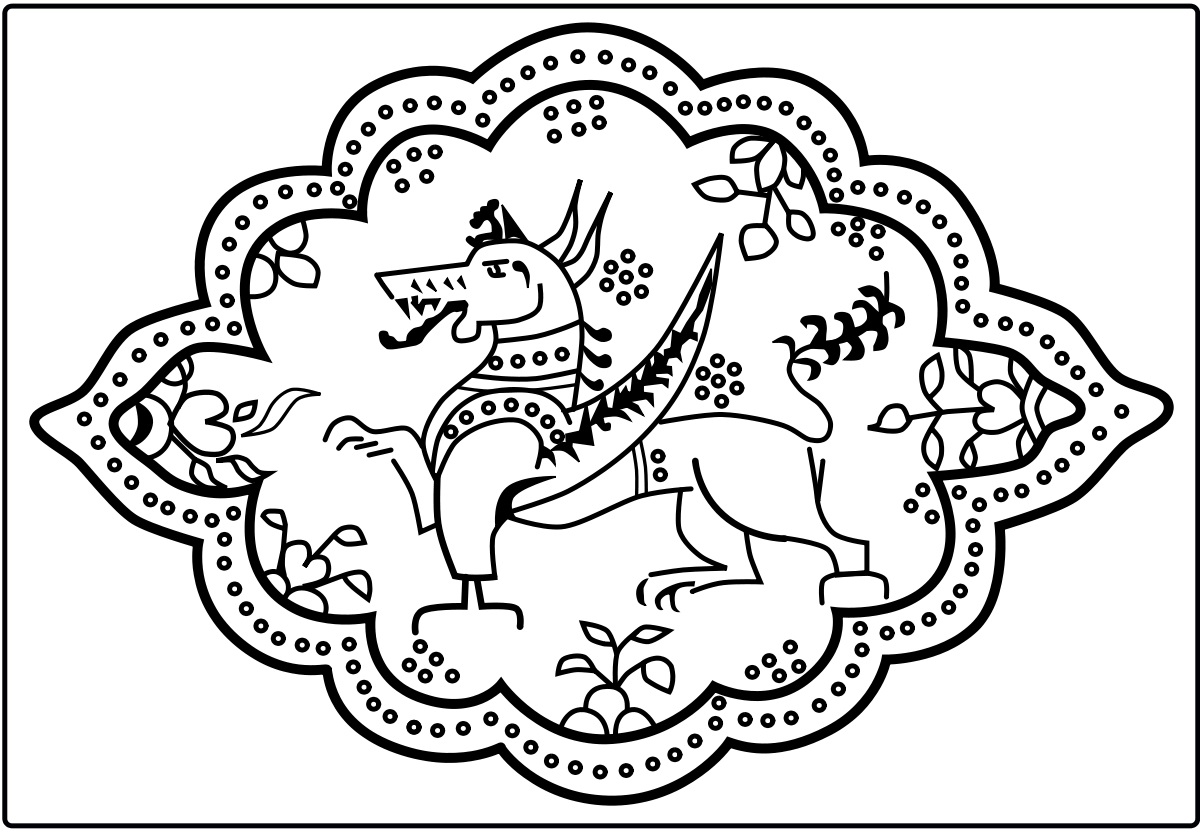This past week Assam celebrated a major milestone in its history—the 400th birth anniversary of its famed general, Lachit Barphukan of the Ahom dynasty, who defeated the Mughals in the battle of Saraighat in 1671.
Speaking at a conference organised at Vigyan Bhavan New Delhi, the Chief Minster of Assam, Himanta Biswa Sarma highlighted the need for reviving the history of Assam and give it wider acceptance. “I appeal to all to join the celebration of the birth anniversary of the great hero for the next three days and help us spread the word “
The founders of the Ahom dynasty came to regions in and around Assam in the 13th century where many of their monuments are still in good condition and are well maintained. Shivsagar in Assam has one of the largest Shiva temples from the Ahom period, adjoining a large placid lake, with many a folklore on its dangerous fauna. Even today routine excavations for local construction activities continue to throw up artefacts from the Ahom period, making the locals more curious to learn about the history of their land.
Over the 200 years of British rule in India, they systematically executed a divide and conquer doctrine to prevent the smaller independent kingdoms from uniting and revolting against them. This strategy was born out of the lessons learnt by them when they ruthlessly crushed the first War of Independency in 1857. The British systematically destroyed any links Indians would have to their rich history so that they do not again unite against them with a common goal of eliminating the monarchy from the country.
As Finance Minister Nirmala Sitharaman commented at the Vigyan Bhavan event, “The Ahom dynasty acted as a threshold that protected the entire Southeast Asia from ruthless invasions.”
And as CM Sarma said, “Indian history recognises the Mughal empire but failed to recognise the kings of the South and the Northeast. Indian history has ignored the glorious Ahom dynasty so far.” This is similar to what we see in other parts of the country where heroic stories of Chhatrapati Shivaji Maharaj of Maharashtra, the Rajput king of Rana Pratap are coming to the forefront primarily now, thanks to the efforts of respective state governments. Similarly, the stories of heroes like Jhansi ki Rani, who went into battle with her young child tied to her body, and that of Rani Chenamma in Karnataka need to be told.
As the FM suggested about the Ahom warriors, all these talks need to be taken to different parts of the country, including to universities.
In addition to the 400th birth anniversary of Lachit Barphukan, it is also the 800th anniversary of the arrival of Ahoms in India, who came via Myanmar. Similar to the Parsi community who came from the now wiped out civilisation of Persia, the Ahoms assimilated with the local communities and many of their rituals bear striking resemblance to those in other parts of the country. The Ahom community believes in worshiping nature. Even at their late evening wedding ceremonies, the rituals are conducted around 101 diyas (earthen lamps) anchored on the four corners by banana/plantain leaves, with the diyas supposed to represent the sun.
As India celebrates “Azadi ka Amrti Mahotsav” commemorating the 75th year of her independence looking to rise as a superpower, it is necessary to re-evaluate the contributions of the various kingdoms around the country which shaped it and celebrate them, for one must remember, those who forget their history lose their future.
400 years of Lachit Barphukan of Ahom dynasty
- Advertisement -

